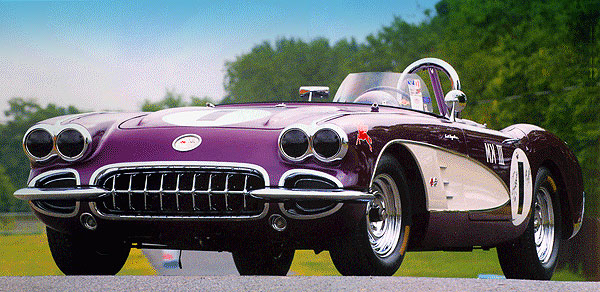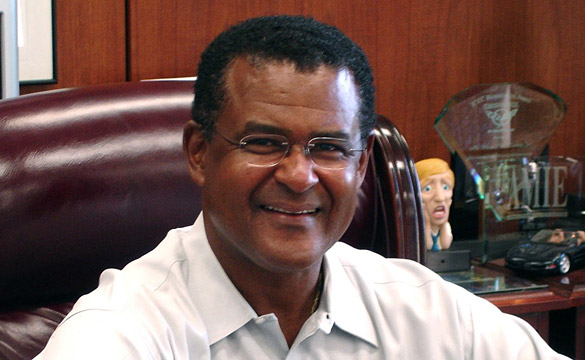Performance Bookends of the Shortest Generation Corvette, the C2 Mid-Year
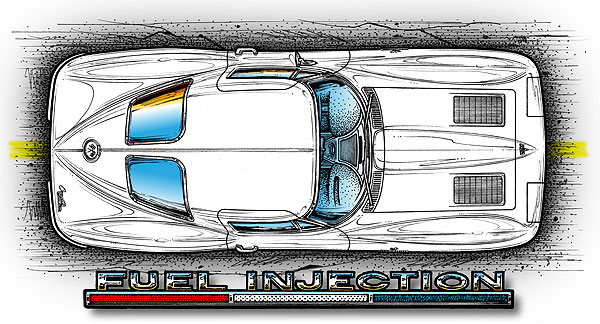 Dateline: 6.23.17 – The difference between a 1962 and 1963 Corvette is staggering. In 1963, the new Sting Ray looks like the sports car from another planet! The only carryover components used for the new Corvette were the base and optional engines. Everything else (body, interior, suspension, and frame) was all-new. The C1’s basic structure was created in 1952, and over the years was given slight tweaks, such that by the late 1950s, the Corvette was holding on against the European cars. But the new Sting Ray was a game-changer.
Dateline: 6.23.17 – The difference between a 1962 and 1963 Corvette is staggering. In 1963, the new Sting Ray looks like the sports car from another planet! The only carryover components used for the new Corvette were the base and optional engines. Everything else (body, interior, suspension, and frame) was all-new. The C1’s basic structure was created in 1952, and over the years was given slight tweaks, such that by the late 1950s, the Corvette was holding on against the European cars. But the new Sting Ray was a game-changer.
 We’re going to look back at the first and last “performance” Corvettes – the 1963 Fuelie and the 1967 L71 427/435. The Sting Ray had an all-new parameter frame that would ultimately serve as the foundation of the Corvette up to 1982! The new C2 frame allowed the passenger seats to be located “down and inside” the frame rails, unlike the C1’s frame that located the seats “on top” of the frame, thus allowing the overall design to be lower and more slender. Although the shape looked “aerodynamic, it suffered from severe “lift” at high speeds. The lift issue was a combination of the body shape, and the rear suspension “squat” upon hard acceleration – and was never really solved, just dealt with.
We’re going to look back at the first and last “performance” Corvettes – the 1963 Fuelie and the 1967 L71 427/435. The Sting Ray had an all-new parameter frame that would ultimately serve as the foundation of the Corvette up to 1982! The new C2 frame allowed the passenger seats to be located “down and inside” the frame rails, unlike the C1’s frame that located the seats “on top” of the frame, thus allowing the overall design to be lower and more slender. Although the shape looked “aerodynamic, it suffered from severe “lift” at high speeds. The lift issue was a combination of the body shape, and the rear suspension “squat” upon hard acceleration – and was never really solved, just dealt with.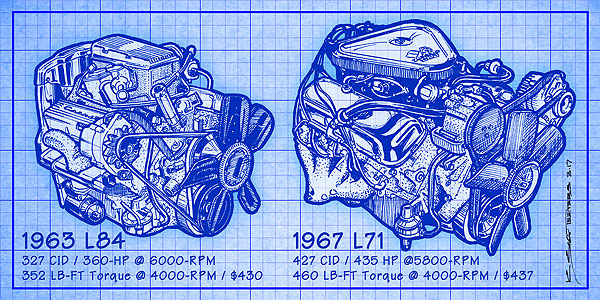 The independent rear suspension and updated front suspension made the 1963 Corvette the only American car with four-wheel, independent suspension. This was a very BIG deal then. The new interior was just beautiful. The dash had double-arches with a perfectly laid out array of the proper sports car gauges. From 1953 to 1962, the Corvette was a convertible with an optional bolt-on hardtop. The new Sting Ray was a production of Bill Mitchell’s 1959 Stingray Racer – a beautiful car with big aerodynamic problems. Instead of a convertible-only version, there was a coupe version with the now classic “stinger” design. The hidden headlights were show-car-like, and rotated horizontally along the front leading edge when the lights were turned on.
The independent rear suspension and updated front suspension made the 1963 Corvette the only American car with four-wheel, independent suspension. This was a very BIG deal then. The new interior was just beautiful. The dash had double-arches with a perfectly laid out array of the proper sports car gauges. From 1953 to 1962, the Corvette was a convertible with an optional bolt-on hardtop. The new Sting Ray was a production of Bill Mitchell’s 1959 Stingray Racer – a beautiful car with big aerodynamic problems. Instead of a convertible-only version, there was a coupe version with the now classic “stinger” design. The hidden headlights were show-car-like, and rotated horizontally along the front leading edge when the lights were turned on.
The rear glass had a split down the middle so that the crease that started at the front edge of the roof could run uninterrupted back to the end of the car. This was the infamous “split-window” that was a love-it, or hate-it detail and was Bill Mitchell’s pet design element. The split-window was gone after 1963 – making the 1963 coupes a rarity. 1963 convertibles outsold coupes, 10,919 to 10,594. Some coupe owners replaced their split-window with a 1964-1967-style rear glass! Continue reading “
1963 Fuelie Corvette vs 1967 L71 427/435 Corvette – Videos” →
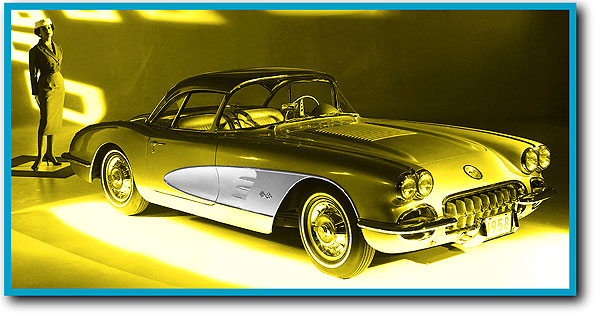 Dateline: 6.26.17 – In the early days of the Corvette’s existence, GM had an odd relationship with the car. Power-players such as Harley Earl, Ed Cole, and Bill Mitchell went to bat for the struggling sports car many times. And then there was the wild Russian engineer with the funny name, Zora Arkus-Duntov that pushed to make the car a successful racecar. But GM is all about sales and Chevy wasn’t selling many Corvettes. By the end of 1957 Chevy sold 14,446 Corvettes in total from 1953. In 1957 alone, Chevrolet sold 254,331 4-door Bel Air Sedans!
Dateline: 6.26.17 – In the early days of the Corvette’s existence, GM had an odd relationship with the car. Power-players such as Harley Earl, Ed Cole, and Bill Mitchell went to bat for the struggling sports car many times. And then there was the wild Russian engineer with the funny name, Zora Arkus-Duntov that pushed to make the car a successful racecar. But GM is all about sales and Chevy wasn’t selling many Corvettes. By the end of 1957 Chevy sold 14,446 Corvettes in total from 1953. In 1957 alone, Chevrolet sold 254,331 4-door Bel Air Sedans!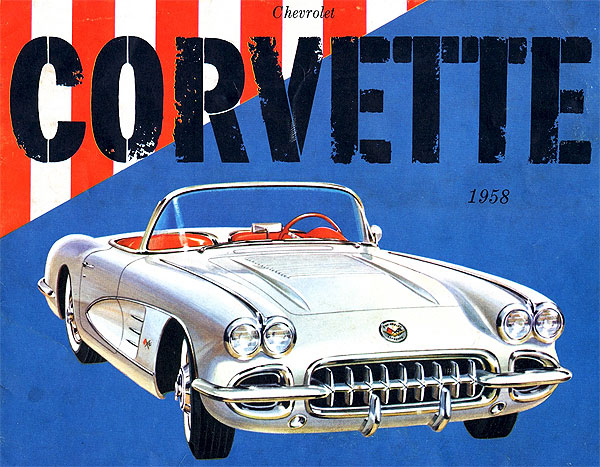 No, Corvette sales weren’t even a blip on the GM profit margin. So it is peculiar that GM would have chosen a 1958 Corvette to officially be the “39th Million Chevrolet. But bean-counting aside, the Corvette indeed had a special place in GM. No other car was using what was then, a new high-tech composite material Continue reading “
No, Corvette sales weren’t even a blip on the GM profit margin. So it is peculiar that GM would have chosen a 1958 Corvette to officially be the “39th Million Chevrolet. But bean-counting aside, the Corvette indeed had a special place in GM. No other car was using what was then, a new high-tech composite material Continue reading “



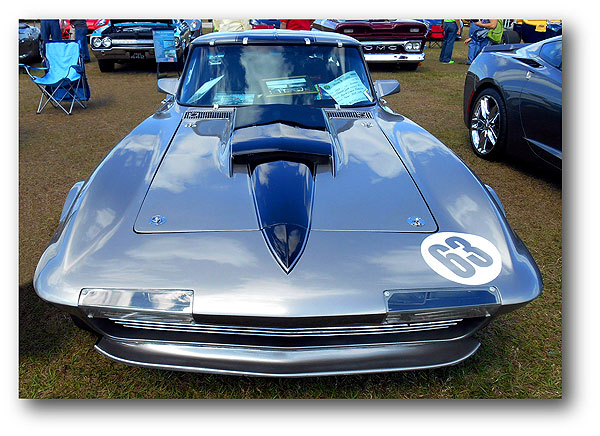
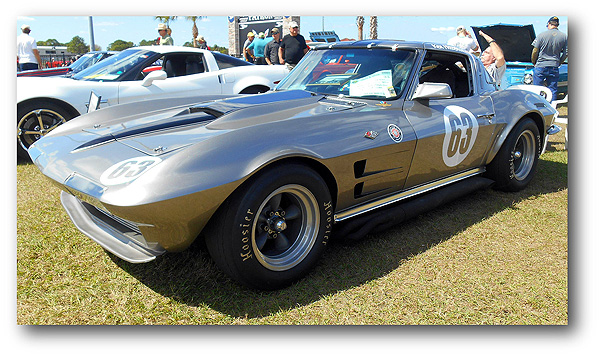
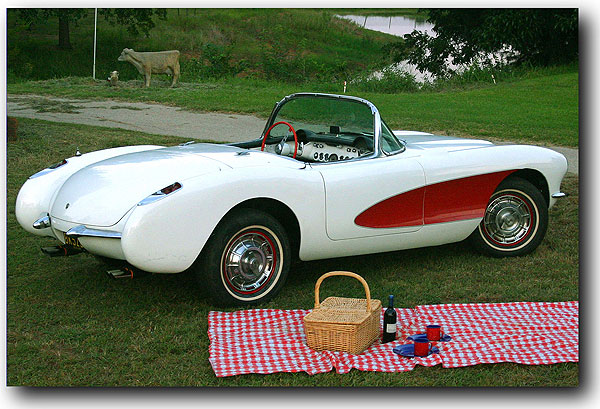
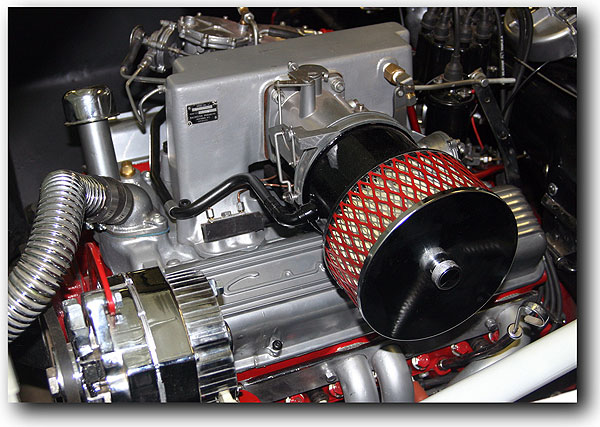
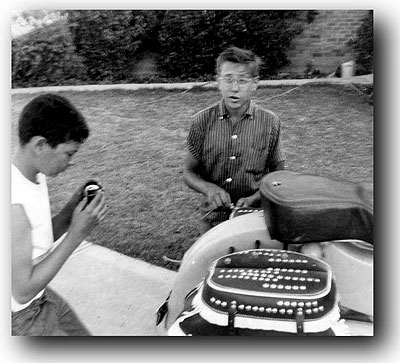
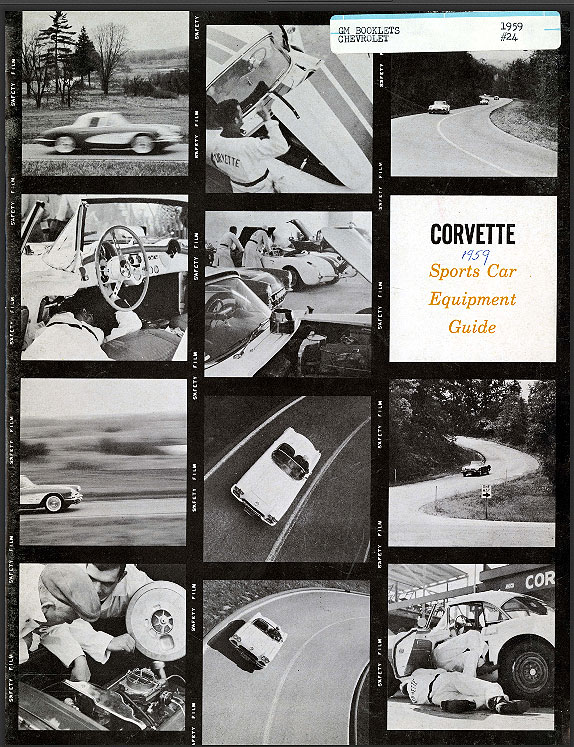
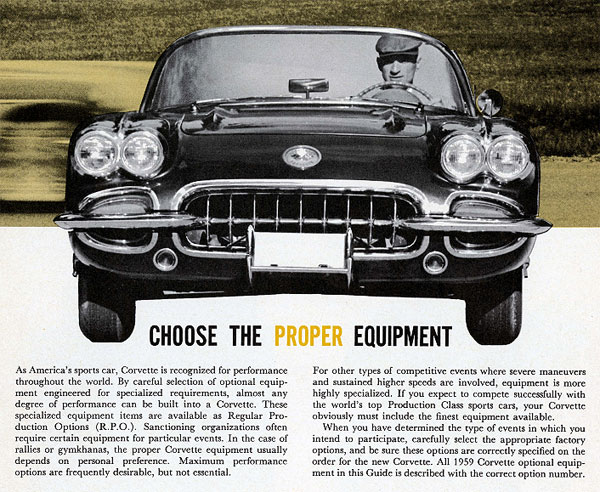
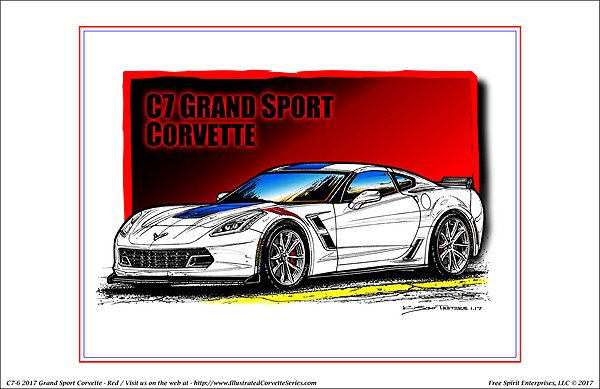
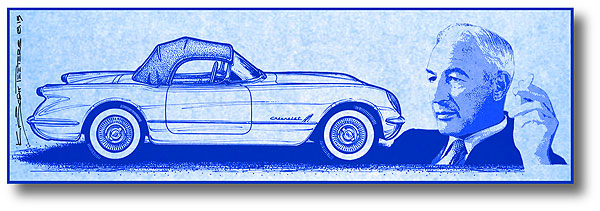
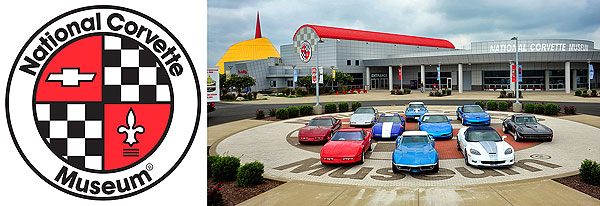
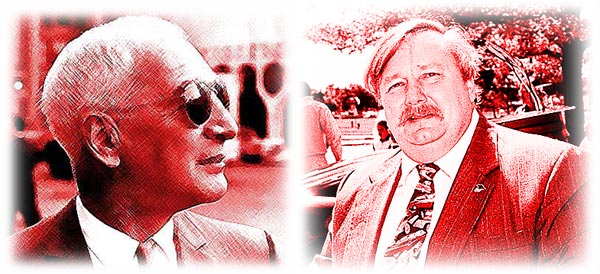
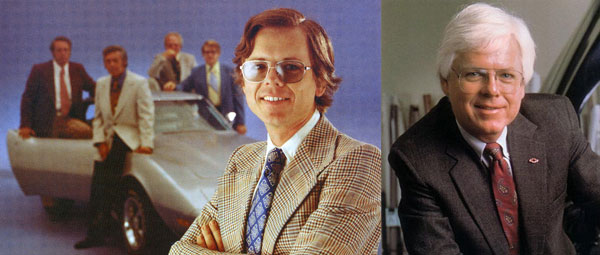
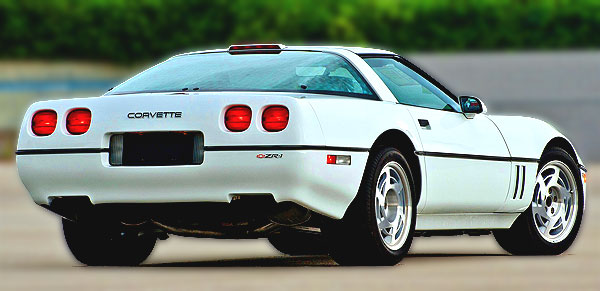
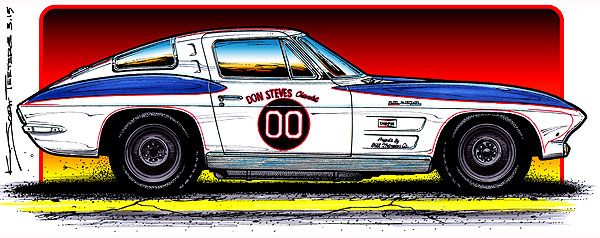
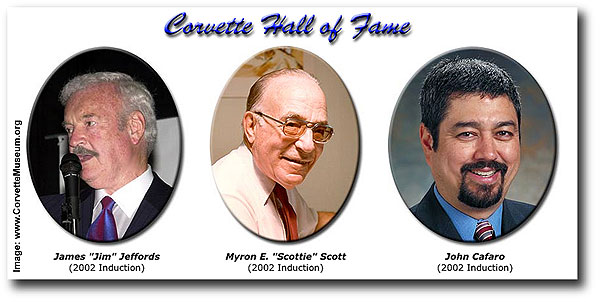 Dateline: 8.30.15 –
Dateline: 8.30.15 –